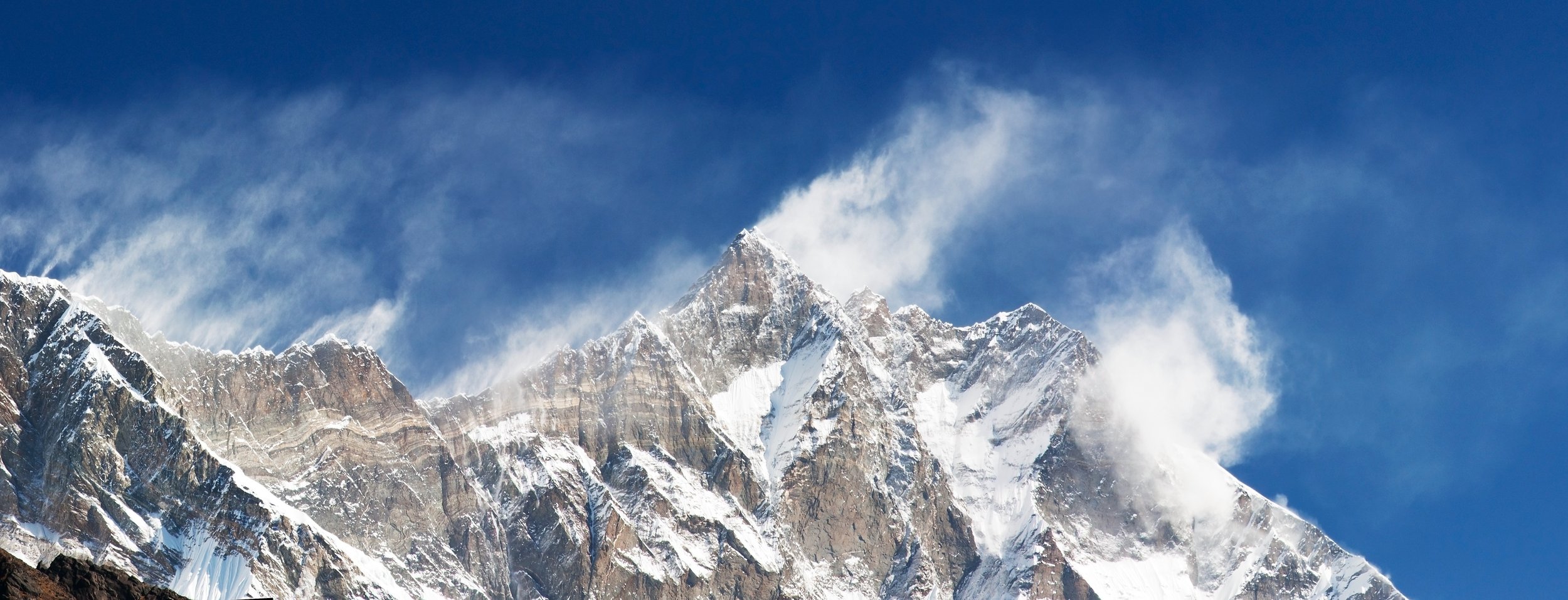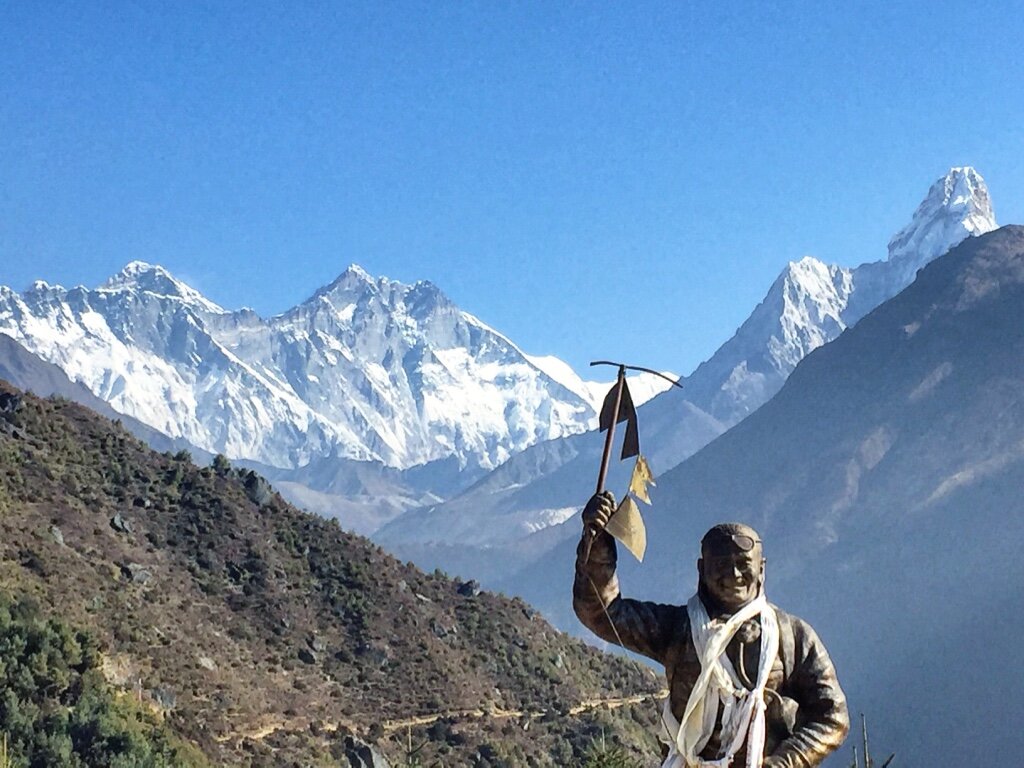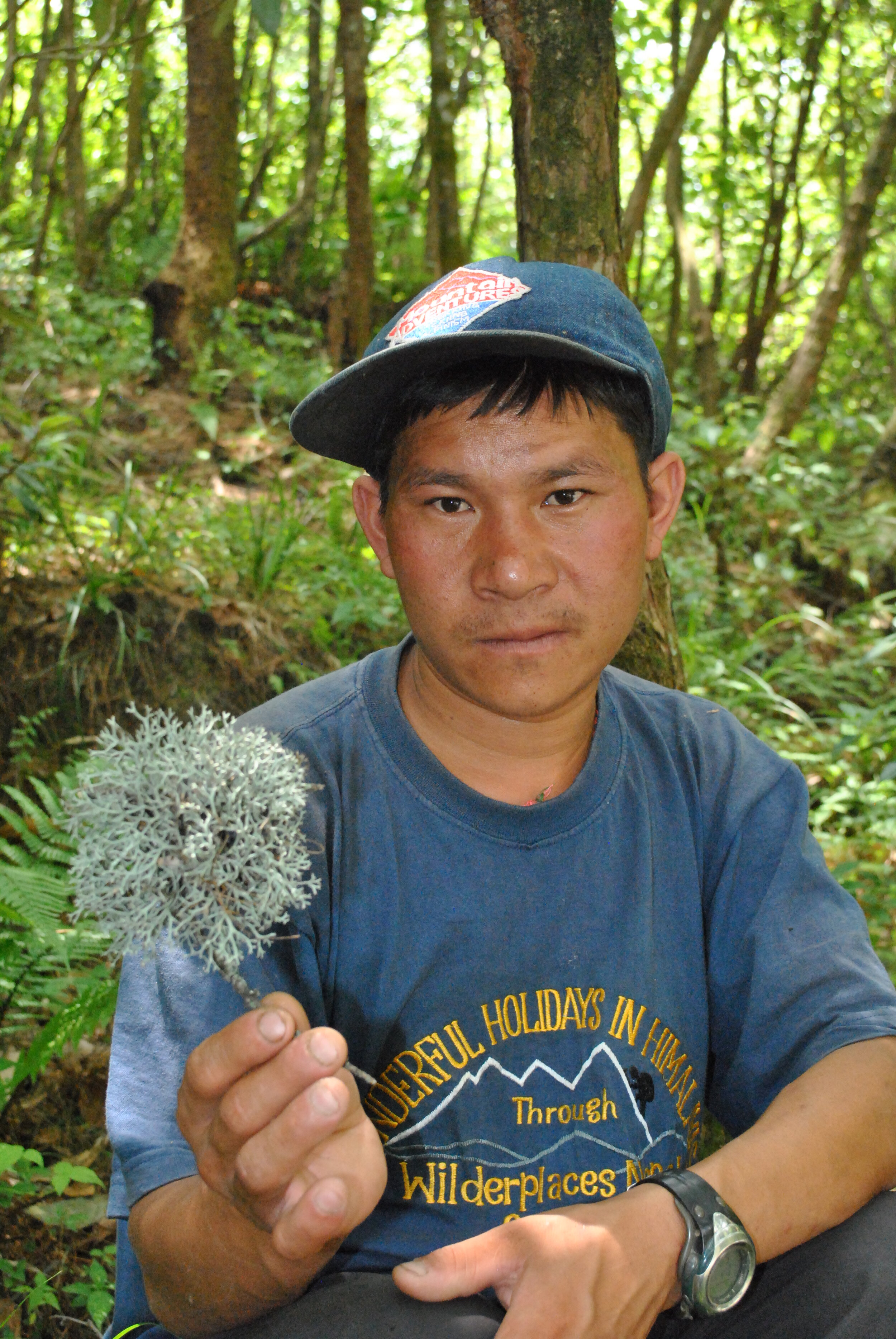
Advancing climate science and economic opportunities at the top of the world
Baker Perry
HCSI supports community-based climate science in the Nepali Himalayas with local, regional, and global benefits.
The Himalayas are warming at 3 times the global average, faster than any region outside of the poles.
By researching how climate change is disrupting the Himalayas, HCSI provides insight into how rapidly and severely climate change will impact regions across the world.
HCSI’s work starts at the community level. Every HCSI project brings scientific training opportunities and gainful employment to local residents. By building real, long-term scientific capacity, HCSI’s work benefits the region’s people, biodiversity, and rivers, which provide life-giving water for over 20% of the world’s population.


Maintaining the world’s highest network of weather stations
HCSI is training Nepali community members and scientists to service crucial automatic weather stations across the Himalayas that give insight into how fast the region’s glaciers are melting.
The project is led by HCSI’s Arbindra Khadka, Dr. Baker Perry and Dr. Tom Matthews, who installed the world’s highest weather stations during the 2019 National Geographic Everest Expedition.

Research in the Himalayas is crucial for the global fight against climate change.
Read HCSI’s op-ed in the New York Times to understand why.
Scientific Impact
“Phortse, where HCSI is based in Nepal, is an ideal base of operations for conducting meteorological/climatological research in Nepal’s Everest Region. It will be an essential addition for investigating mountain weather systems and climate change all over the world.”
- HCSI Science Advisory Board
Community Benefits
“I watched how our sacred mountains, glaciers and landscapes in the Khumbu and on Everest drastically changed in my lifetime. The HCSI offers new opportunities for education, training, and employment, so my Sherpa community can partner with scientists in understanding how climate change is impacting our homeland.”
- Sonam Jangbu Sherpa, HCSI Co-Founder and Board Member

Route Finding -- Eric Wong

Tenzing Norgay -- Noam Argov

Waldheimia glabra -- Elizabeth Byers

Danphe Bird -- Steve Mock

Abies spectabilis -- Elizabeth Byers

Tahr dingboche -- Steve Mock

Primula primulina -- Elizabeth Byers

Geological Survey -- Eric Wong

Khumbu Local with a Lichen -- Shiva Devkota

Tibetan snowcock -- Elizabeth Byers

Rhododendron arboreum -- Elizabeth Byers

Khumbu Local with a Mushroom -- Shiva Devkota

Saussurea simpsoniana -- Elizabeth Byers

Prayer Flags -- Steve Mock

Puja -- Steve Mock

Chlorociboria aeruginascens -- Shiva Devkota
Photos of the Dumji Festival, Ama Dablam and porter, and Sherpa elder on this page are by Steve Mock.


